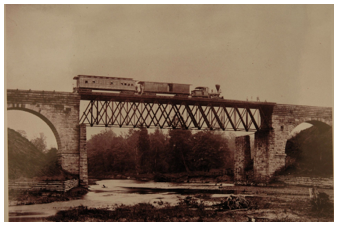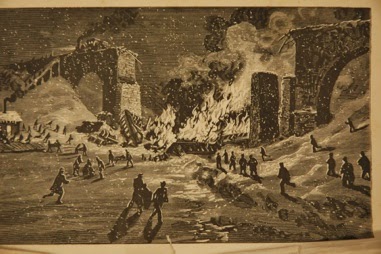Bridges are surrounded by history...phenomenal designs, such as the Golden Gate Bridge, as well as railroad trestle bridges. Each share stories of remarkable engineering but neither without its share of tragedy. In the 20th century, disaster struck the Lacey V. Murrow Memorial Bridge when its place in history was secured by the collapse of the old bridge while under maintenance. This event is documented as The Biggest Thing Afloat Sinks since Murrow Memorial Bridge is one of the longest floating bridges in the world.
Awakenings from Then ’til Now allows you to Embrace Your Past, Empower the Present, Enrich Your Future.
Welcome to Awakenings
Life IS history in the making. Every word we say, everything we do becomes history the moment it is said or done. Life void of memories leaves nothing but emptiness. For those who might consider history boring, think again: It is who we are, what we do and why we are here. We are certainly individuals in our thoughts and deeds but we all germinated from seeds planted long, long ago.
Monday, December 29, 2014
Engineering Tragedy
This Day in History: December 29, 1876
Bridges are surrounded by history...phenomenal designs, such as the Golden Gate Bridge, as well as railroad trestle bridges. Each share stories of remarkable engineering but neither without its share of tragedy. In the 20th century, disaster struck the Lacey V. Murrow Memorial Bridge when its place in history was secured by the collapse of the old bridge while under maintenance. This event is documented as The Biggest Thing Afloat Sinks since Murrow Memorial Bridge is one of the longest floating bridges in the world.
Bridges are surrounded by history...phenomenal designs, such as the Golden Gate Bridge, as well as railroad trestle bridges. Each share stories of remarkable engineering but neither without its share of tragedy. In the 20th century, disaster struck the Lacey V. Murrow Memorial Bridge when its place in history was secured by the collapse of the old bridge while under maintenance. This event is documented as The Biggest Thing Afloat Sinks since Murrow Memorial Bridge is one of the longest floating bridges in the world.
Subscribe to:
Post Comments (Atom)




No comments:
Post a Comment